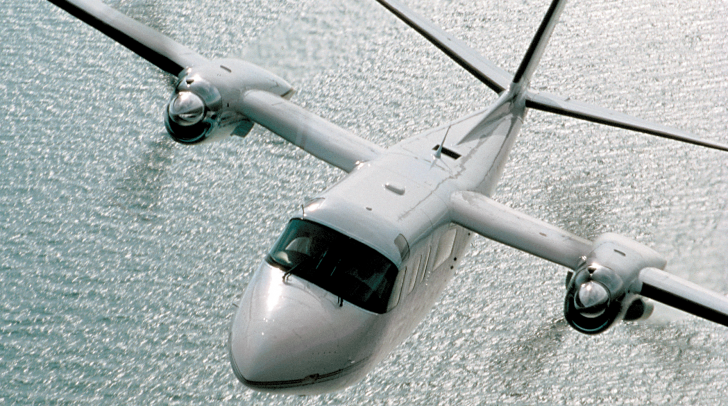By Helmuth Eggeling
First published in Flight Levels, Spring 2012 print issue

The main difference between an SRL (Single Red Line)-equipped Twin Commander, such as the 695A Commander 1000, and the non-SRL-equipped turbine temperature indication system found on most other model Twin Commanders is that the SRL automatically computes a single maximum EGT value (a single red line) for any in-flight condition. In contrast, engines without the SRL system require that you, the operator, manually determine maximum EGT, which varies with specific in-flight conditions.
The result is a variable EGT limit for a fixed maximum Turbine Inlet Temperature (TIT) value. In short, the applicable EGT limit must be calculated using a MAX EGT LIMIT placard.
For example: The OAT gauge reads 10 deg. C. The maximum EGT at 96 pct. RPM is 575 deg. C and 573 deg. C at 100 pct. RPM.
MAX EGT LIMIT °C | |||
IOAT | RPM | ||
°C | 96% | 100% | |
-60 | 526 | 538 | |
-50 | 530 | 543 | |
-40 | 533 | 547 | |
-30 | 539 | 550 | |
-20 | 547 | 553 | |
-10 | 556 | 558 | |
0 | 565 | 565 | |
10 | 575 | 573 | |
20 | 586 | 580 | |
30 | 597 | 590 | |
40 | 608 | 600 | |
50 | 618 | 610 | |
60 | 627 | 620 | |
Sample Placard
Note: DO NOT USE THIS CHART FOR YOUR AIRCRAFT
Now let’s discuss recommended RPM settings during climb and cruise. (Note: All takeoffs and landings must be at 100 percent RPM.)
However, Honeywell recommends that RPM should be reduced to 96 pct. for all normal climb and cruise operations and in accordance with the appropriate Aircraft Flight Manual.
Let’s be clear: Turbine wheel and blade wear is affected by RPM. This is due to centrifugal forces, which cause the turbine wheel to expand and the turbine blades to stretch. The higher the RPM the larger the expansion and stretch will be, especially during high TIT conditions. Hence the recommendation to use 96 pct. RPM for continuous operations like climb and cruise.
Moreover, compressors and propellers have been optimized for 96 pct. RPM when operating at high TAS and at high altitudes. In other words, as the aircraft climbs and the TAS increases, the compressor efficiency drops off more quickly at 100 pct. RPM than at 96 pct. RPM.
Prior to reducing RPM to the climb or cruise values, however, a reduction in indicated turbine temperature of about 50 deg. Celsius is recommended to avoid exceeding the turbine temperature limits as you reduce the RPM/Condition Lever. After 96 pct. RPM has been set, EGT may be reset to the original value.
While the availability of maximum thermodynamic engine power may be desirable for takeoff and final approach/landing, continuous operation at a more conservative power level will yield a better balance in engine costs and in-service reliability.
Finally, should abnormal conditions (single-engine operations, obstacle clearance requirements, icing, ATC issues, etc.) require more power to be utilized at some point during flight, the higher power available at 100 pct. RPM (but not to exceed placard EGT and/or 100 pct. torque) may be utilized at the pilot’s discretion. However, it is recommended that as soon as the abnormal conditions no longer exist, power should be reduced to the recommended continuous power settings.
